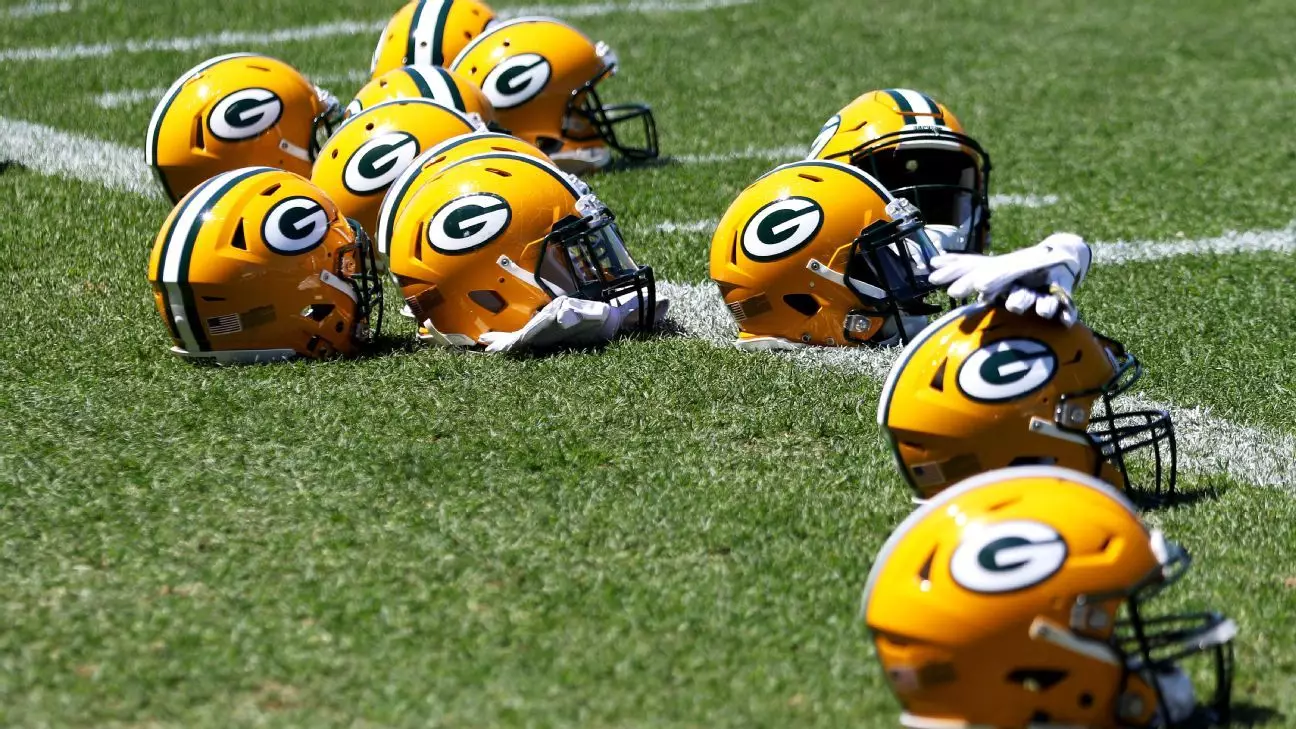Over the past two decades, the NFL has transformed from a sport with relatively modest earnings into a colossal entertainment empire, controlled by a complex web of revenue streams that reflect both immense wealth and underlying inequalities. When Mark Murphy first presented the Packers’ financial report, the NFL’s revenue-sharing system handed each team a modest $138 million. Fast forward to today, and that figure has ballooned to over $432 million—doubling in nearly two decades. Such growth exemplifies the league’s ability to capitalize on its massive popularity, yet it also raises uncomfortable questions about how the benefits of this financial boom are distributed and who truly holds power within this sprawling economic system.
This staggering increase in revenue underscores the NFL’s relentless pursuit of growth, with national television deals being the primary driver. The league’s strategy to leverage streaming services in recent years demonstrates a forward-thinking approach, but at its core, the revenue distribution remains heavily skewed in favor of the league and its broadcasters. The fact that teams like the Packers share over $13 billion in revenue annually reveals the enormity of the league’s financial machinery. Yet, the question remains: who really benefits from this wealth? For the league’s ownership model—dominated by private billionaires and corporate interests—this is an ongoing source of concern, especially as many of their financial investments are built on the backs of loyal fans and community identities.
Public Ownership: A Unique Model Under Siege?
The Green Bay Packers are an anomaly in the NFL. Being publicly owned, they are required to disclose their finances annually, providing a rare glimpse into the true scale of NFL profits. With over half a million shareholders, the Packers’ model emphasizes community ownership and transparency. However, this model also highlights the disparity between public and private ownership in the league. While the Packers reinvest profits into infrastructure—investing hundreds of millions into Lambeau Field and team facilities—other franchises have increasingly turned to private equity investments to fuel their financial growth and expand their luxury suites and corporate partnerships.
The question arises: is this community-centric ownership model sustainable in a league where greed has often driven the agenda? The NFL’s growth has benefited largely those at the top—owners and broadcasters—while the average fan’s experience remains largely uninvolved financially. The public shareholders of the Packers, who own more than 5 million shares, do not receive dividends or share in profits, emphasizing the community’s symbolic ownership rather than a tangible economic stake. This dynamic reveals a deeper truth: the league’s financial system is designed to concentrate wealth and control among the most powerful—all while maintaining a veneer of inclusivity through community ownership symbols like the Packers.
The Illusion of Fair Revenue Distribution and Corporate Interests
Despite the appearance of widespread prosperity, the NFL’s revenue-sharing mechanisms serve to entrench economic disparities rather than promote equity. League officials and team owners often tout the benefits of high revenue sharing, but they rarely address the underlying realities: top-tier teams with wealthy ownership can leverage their resources to foster ongoing success and sustain competitive advantages. Meanwhile, smaller-market teams, despite the seemingly generous revenue distribution, often struggle to break through the financial barriers that favor wealthier franchises.
The league’s heavy reliance on broadcast television and streaming deals indicates that the financial power resides largely within a few dominant media conglomerates and affluent owners. The NFL’s billion-dollar deals with major networks exemplify this concentration of power. Moreover, team profits—like those of the Packers—with increased local revenues from additional games and renovations, show how the league exploits its status as America’s most-watched sport to generate even more wealth, leaving fan communities bearing the symbolic weight of loyalty while the economic benefits flow upward.
This whole structure reveals the stark reality: the NFL, while flaunting its “democratic” revenue sharing system, ultimately operates as an oligarchy. A small circle of wealthy owners, powerful broadcasters, and corporate sponsors maintains control over the league’s purse strings. The public ownership model of the Packers appears generous on the surface but ultimately underscores the disparities in wealth and influence that define modern professional sports. The league’s obsession with growth, profit, and media dominance hints at a system that prioritizes economic power and exclusivity over equitable community engagement or fair competition.

Leave a Reply